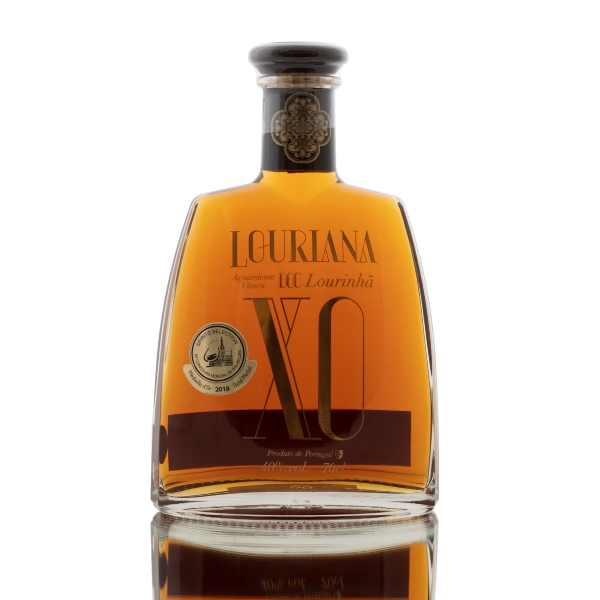
History
When it was founded in 1957, the Adega Cooperativa da Lourinhã (ACL) was mainly dedicated to the production of red and white wines. After being a pioneer in light wine production, ACL started to produce wine spirits and had, for many years, a total of three thousand partners. Nowadays, there are approximately two dozen partners that still produce almost exclusively for ACL. In the last couple of years, using an average of 110 tons of grape, they produced around 7000 liters of brandy per year.
The Production
The white grape varieties have been very important to produce low-alcohol content and high acidity wines, since the creation of ACL. These wines proved to be of excellent quality to make brandies. Nowadays, among the authorized grape varieties, the ACL’s members use the ones that originate the best brandies: White Wine Grapes (Malvasia-Rei; Fernão Pires; Seara Nova; Vital and Tália), Red Wine Grapes (Tinta-Miúda and Castelão).






Vinification
Harvesting takes place when the grapes have a certain sugar content which will give rise to a specific amount of alcohol in a particular wine. The wine’s maximum alcoholic strength is 10%. The vinification process is oriented by legal oenological methods and by the region’s traditional practices. The vinification is made without addition of sulfur dioxide. Grapes must be in good condition so that a wine with no defects can be produced.
Normally, the harvest takes place at the end of August, beginning of September and lasts for a week. The whole vinification process is done by interconnected machines that require the respective operator.
Distillation
Like vinification, distillation must be done in the Demarcated Region. Generally, distillation takes place in October and November. This procedure uses a continuous copper column system which originates an alcoholic strength from 74 to 77%.

Aging
After the distillation process, the brandy is aged in wooden barrels (for a minimum of 2 years) and obtains an aging classification. This stage also gives the brandy certain qualities and determines its color, softness, and aroma.
The aging is made exclusively in Portuguese and French oak barrels (Allier and Limousin) and Chestnut, each one with a capacity of less than 800 liters. The interior of these barrels contains different toasting levels (light, medium or strong). As a result of this process, the obtained brandy is pure, with no added coloring, namely caramel (which is responsible for improving the color).
Bottling and Labeling
In this Demarcated Region, bottling and labeling was always done manually. Each bottle is numbered, which makes the product unique and highly valuable.
Ages and Traditional Mentions
- VS – Very Superior – Aging equal to or greater than two years.
- VSOP – Very Superior Old Pale – Aging equal to or greater than four years.
- XO – Extra Old – Aging equal to or greater than five years.

